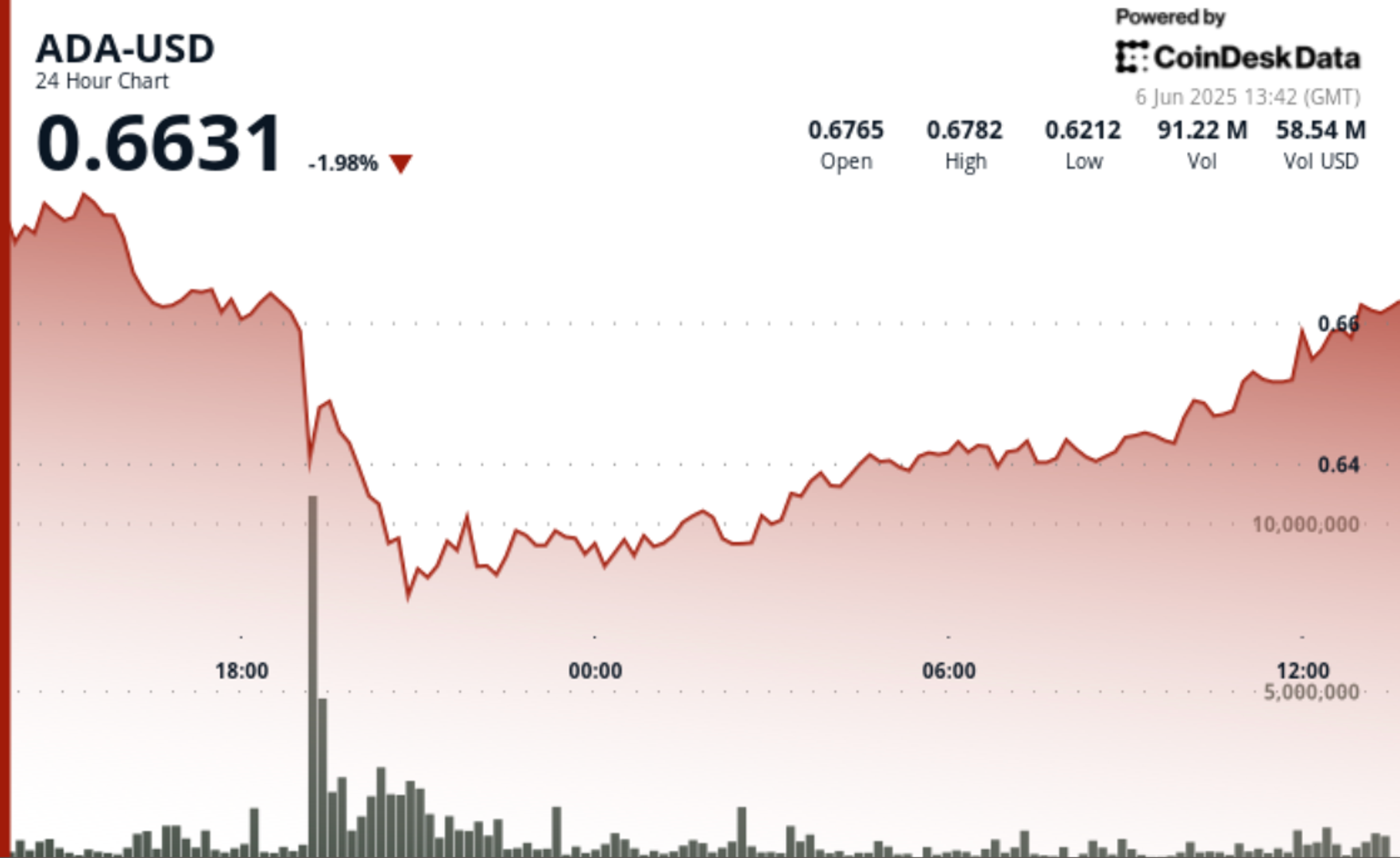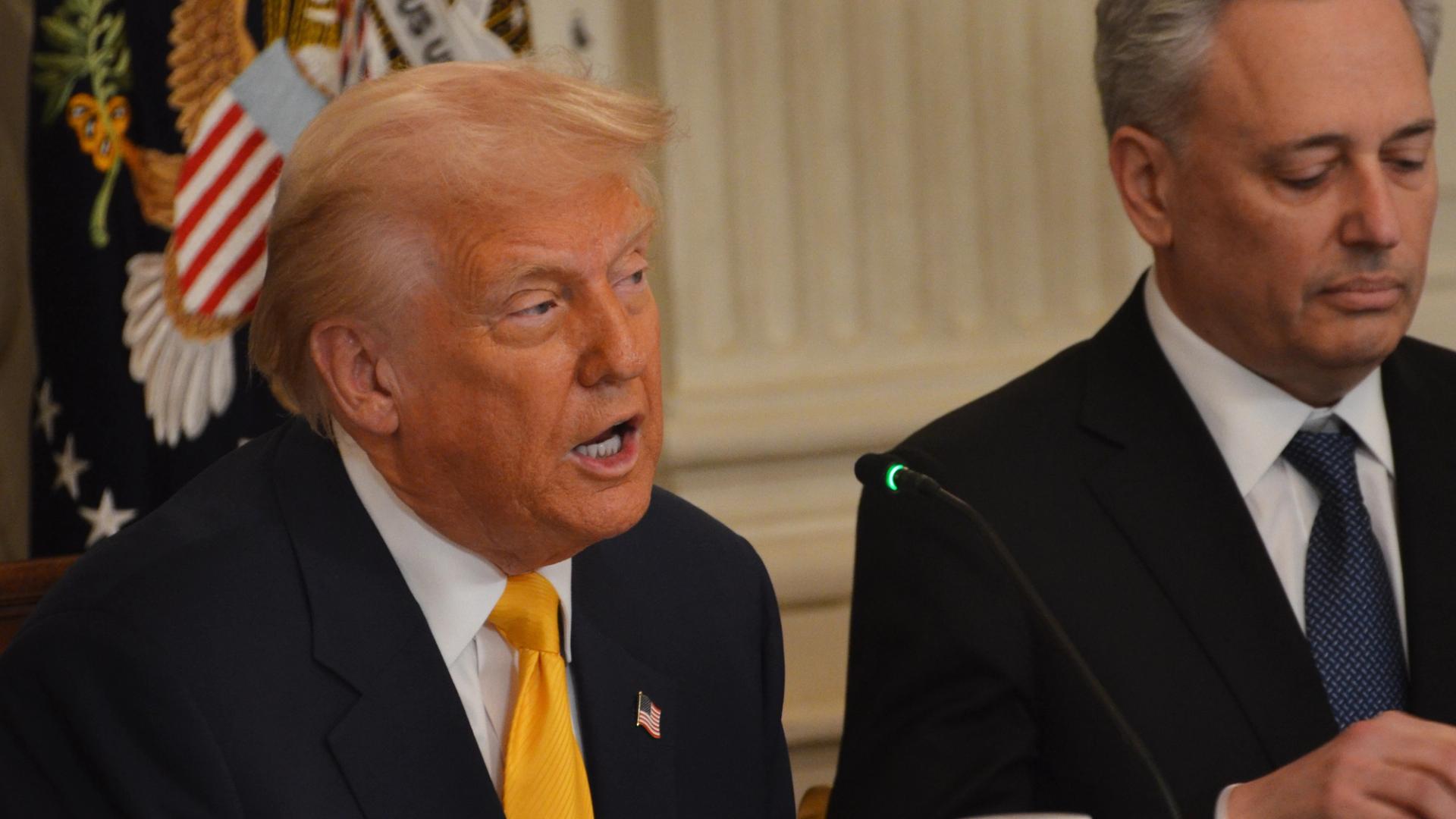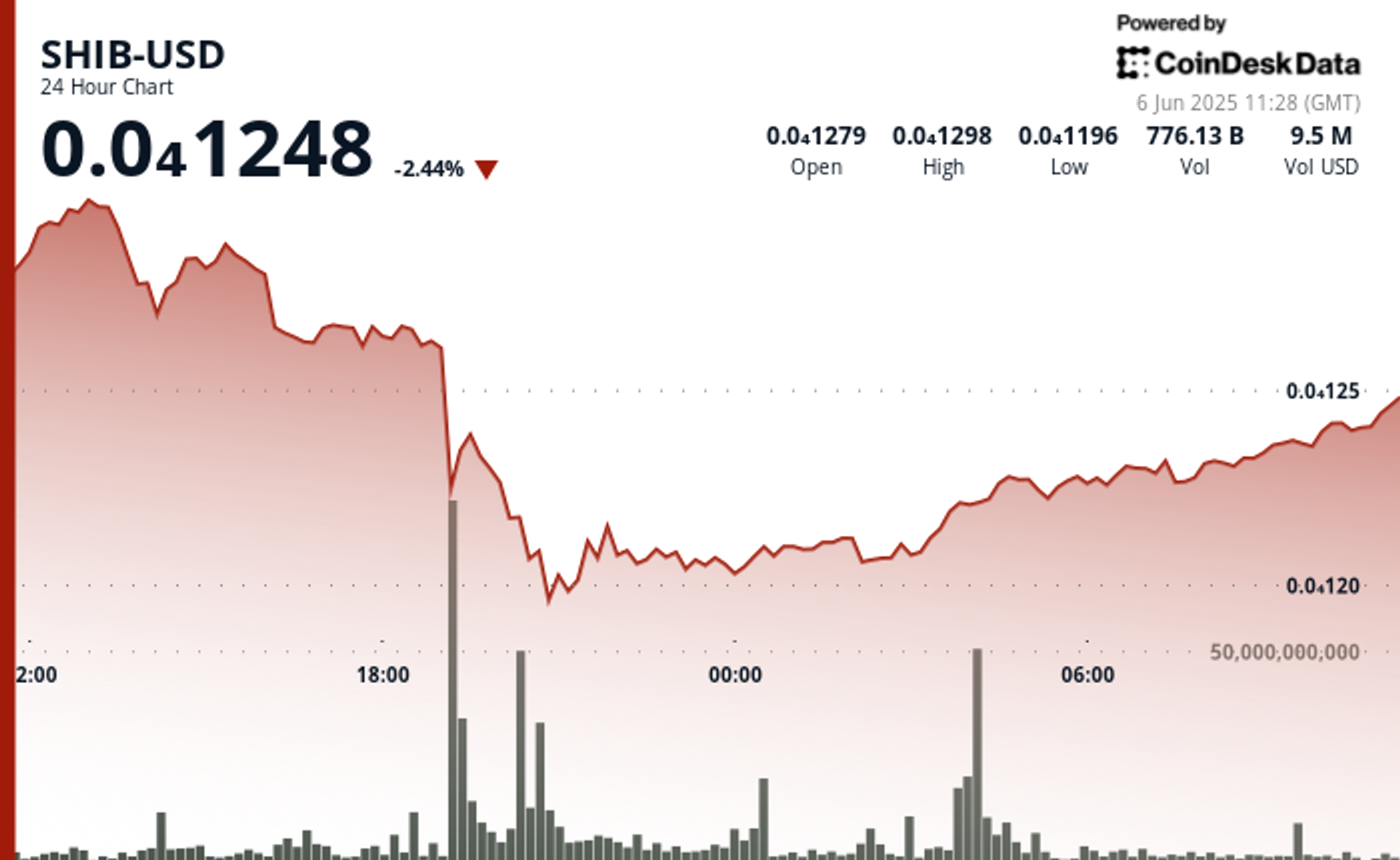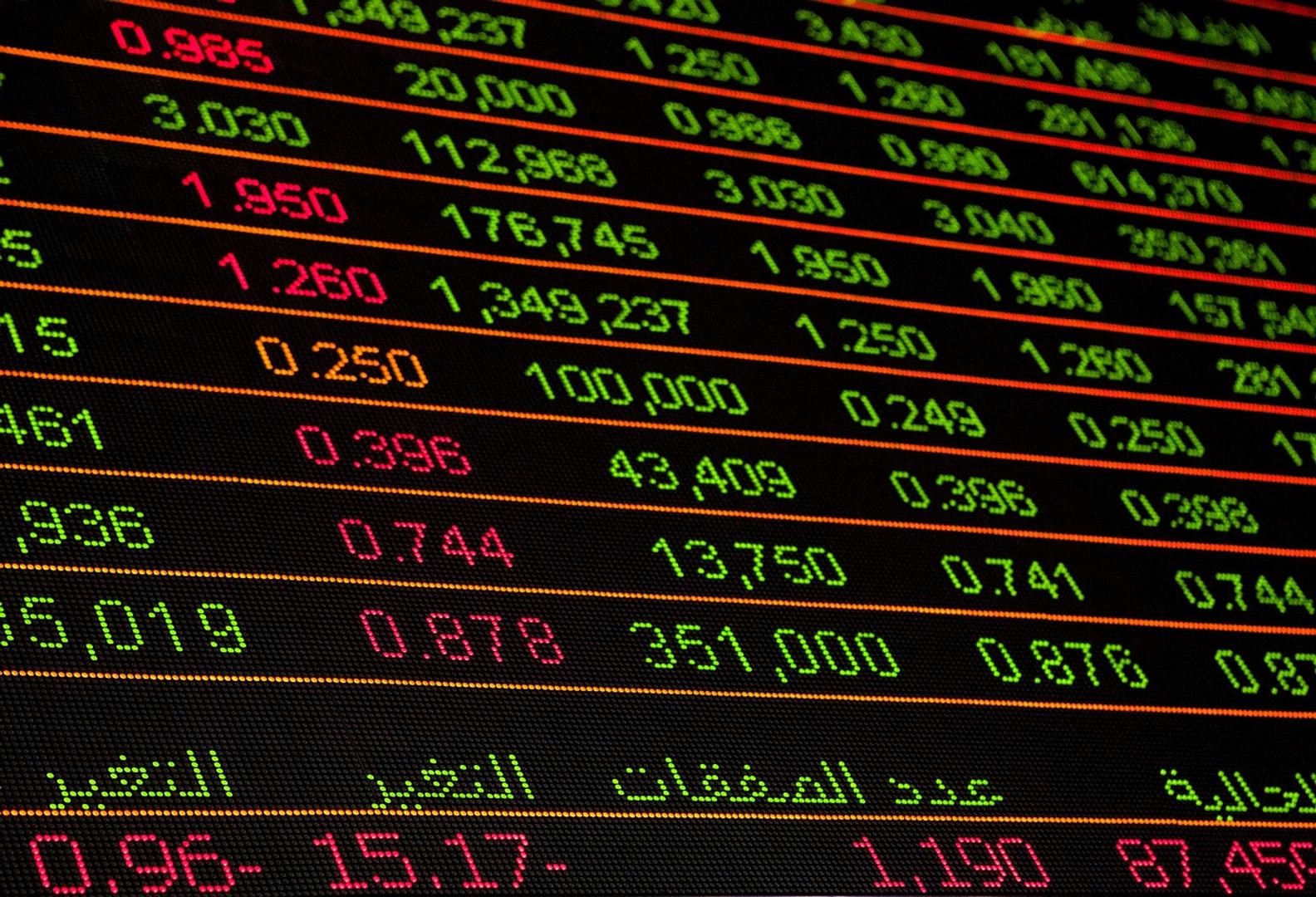The cryptocurrency market is currently experiencing increased volatility due to a growing feud between President Donald Trump and former Department of Government Efficiency head, Elon Musk, regarding the state of the...
Read moreThe growth of the U.S. labor market slowed modestly in May, but it was not enough to push up the unemployment rate. Nonfarm payrolls increased by 139,000 last month, according to...
Read moreIOST, a modular blockchain platform, has successfully completed a funding round, raising $21 million in strategic investments. The aim of this funding round is to support the expansion of its real-world...
Read morePresident Donald Trump’s media company, Trump Media and Technology Group (DJT), parent company of the social media platform Truth Social, has registered up to $12 billion in new securities with the...
Read moreShiba Inu (SHIB) has seen a 3% recovery from its recent lows under $0.00001200, outperforming Bitcoin (BTC) despite a large whale transaction. Despite a 7.7% correction on Thursday, SHIB dropped to...
Read moreI’m here to provide you with daily technical analysis, written by our very own analyst and Chartered Market Technician, Omkar Godbole. Bitcoin’s overall outlook is positive, but in the short-term, things...
Read moreMetaplanet, a Tokyo-based company specializing in bitcoin BTC investments, has announced a bold plan to purchase more BTC by issuing 555 million shares through stock acquisition rights, totaling $5.3 billion. According...
Read moreSolana (SOL) experienced a significant drop in price over the past day, falling from $154.48 to $141.75. However, the price was able to recover and stabilize around $147.40. The selling pressure...
Read moreLast month, we delved into how bond market activity is casting doubt on the stability of the U.S. government’s financial strength, shaking up the long-held belief in fiscal stability. Now, tech...
Read moreCircle (CRCL) made its highly anticipated debut on the New York Stock Exchange (NYSE) on Thursday, with shares opening at $69 and surging to over $100 at one point, marking a...
Read more








